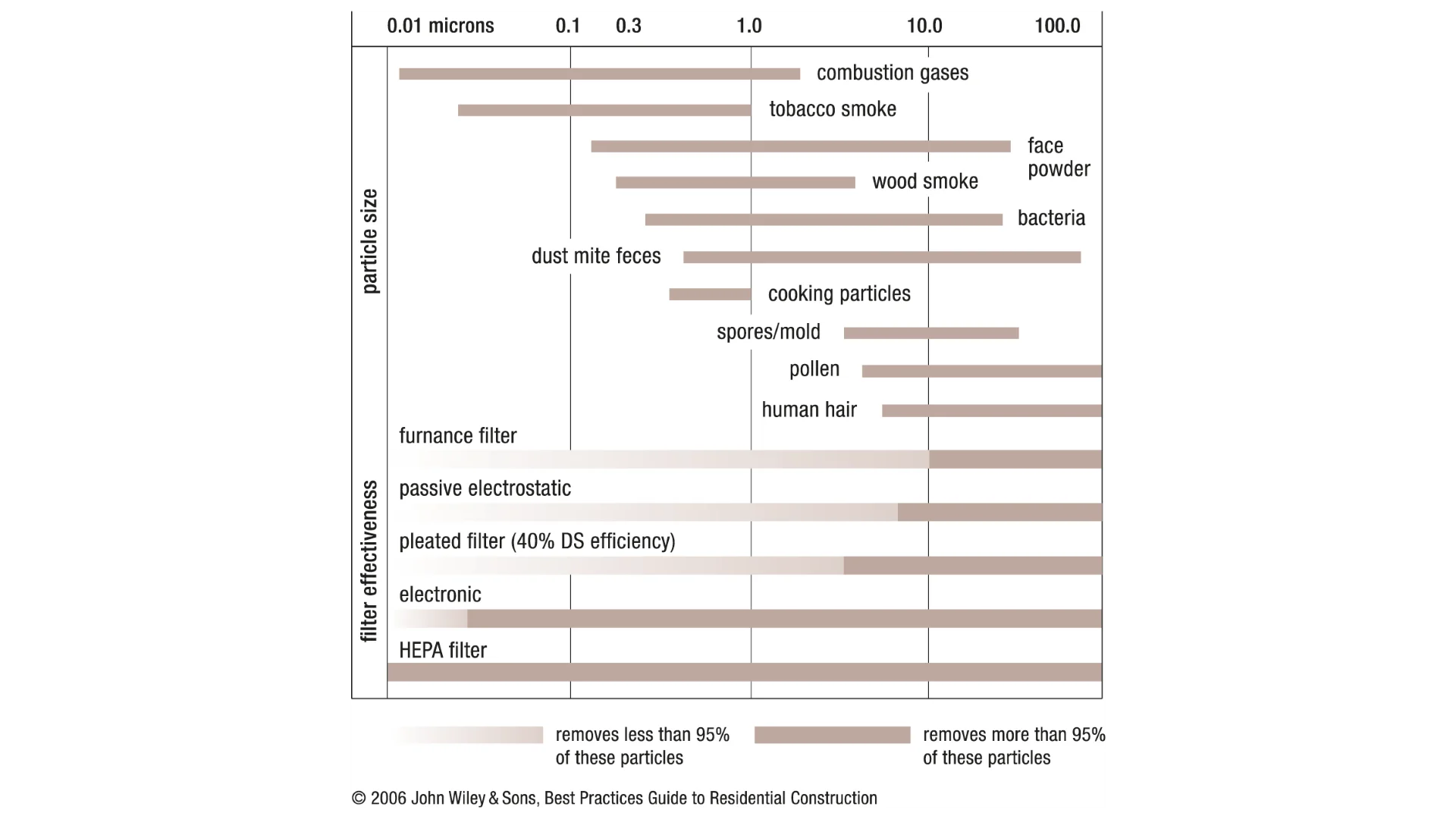 Figure 1: Size range of common pollutant sources (adapted from John Wiley and Sons, Best Practices Guide 2006)
Figure 1: Size range of common pollutant sources (adapted from John Wiley and Sons, Best Practices Guide 2006)
 Figure 2: Block diagram SPS30 (Source: Sensirion)
Figure 2: Block diagram SPS30 (Source: Sensirion)
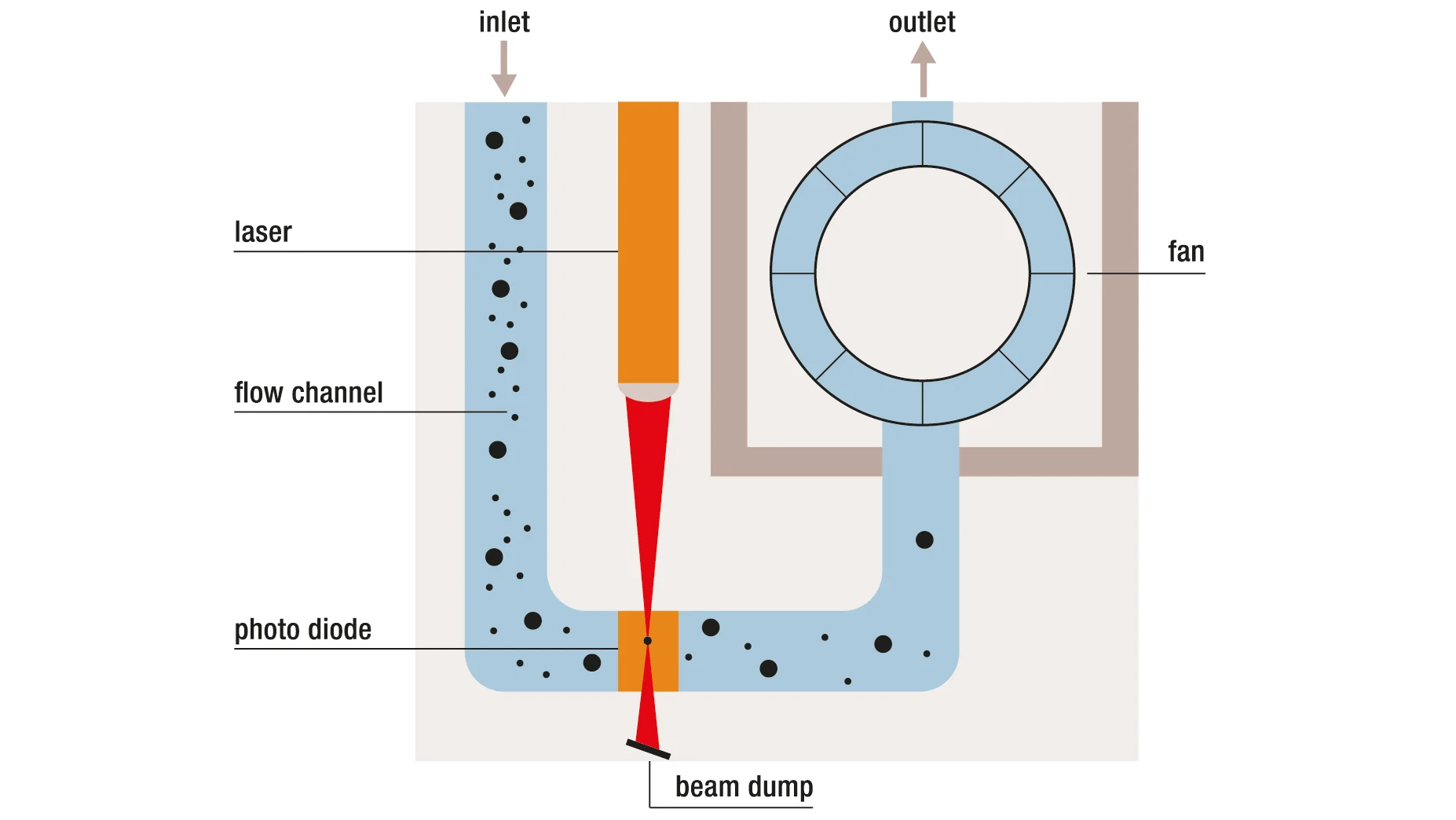 Figure 3: Working principle (Source: Sensirion)
Figure 3: Working principle (Source: Sensirion)
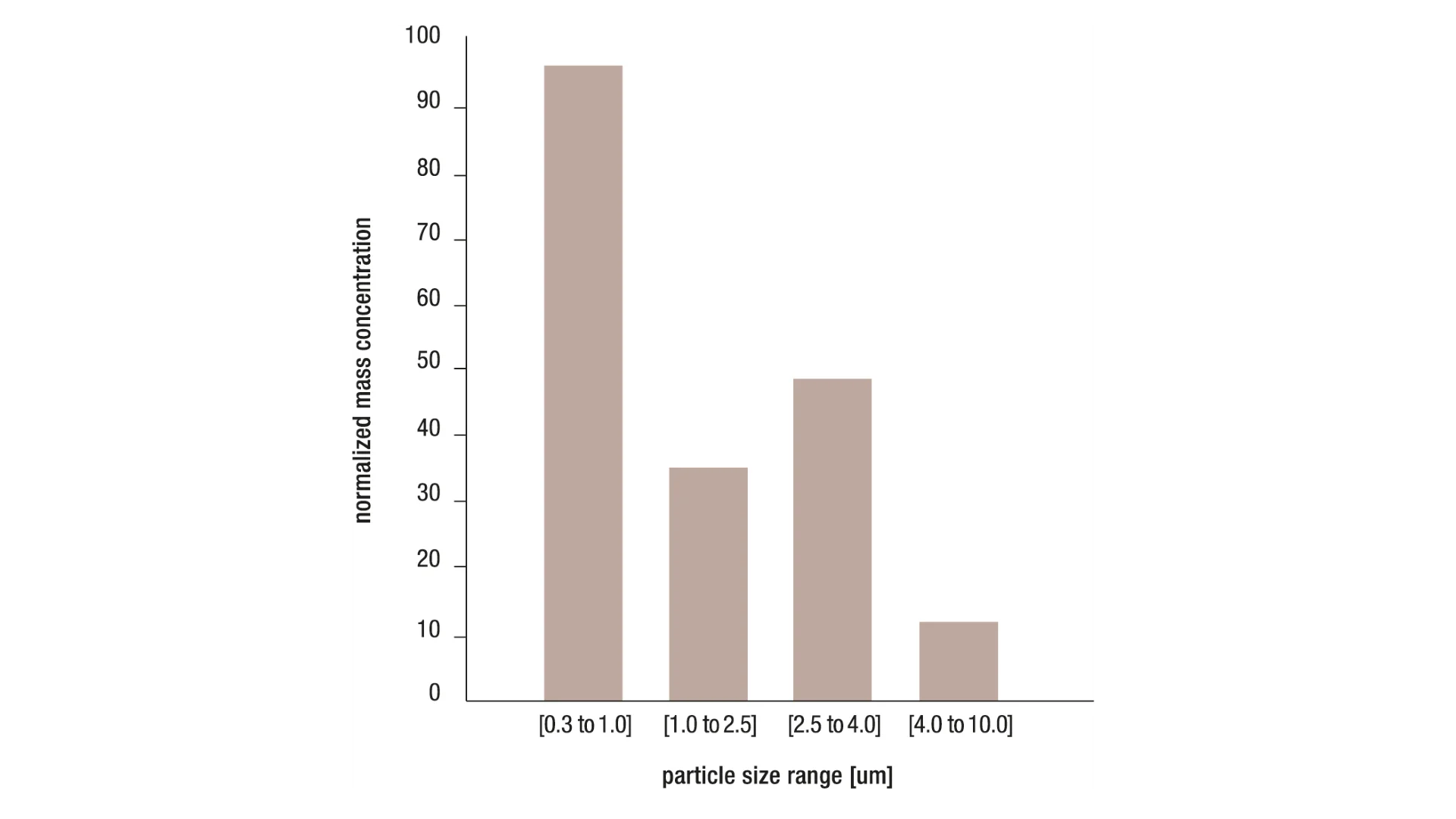 Figure 4: Particle composition of smoke (Source: Sensirion)
Figure 4: Particle composition of smoke (Source: Sensirion)
 Figure 5: Particle composition of heavy dust (Source: Sensirion)
Figure 5: Particle composition of heavy dust (Source: Sensirion)
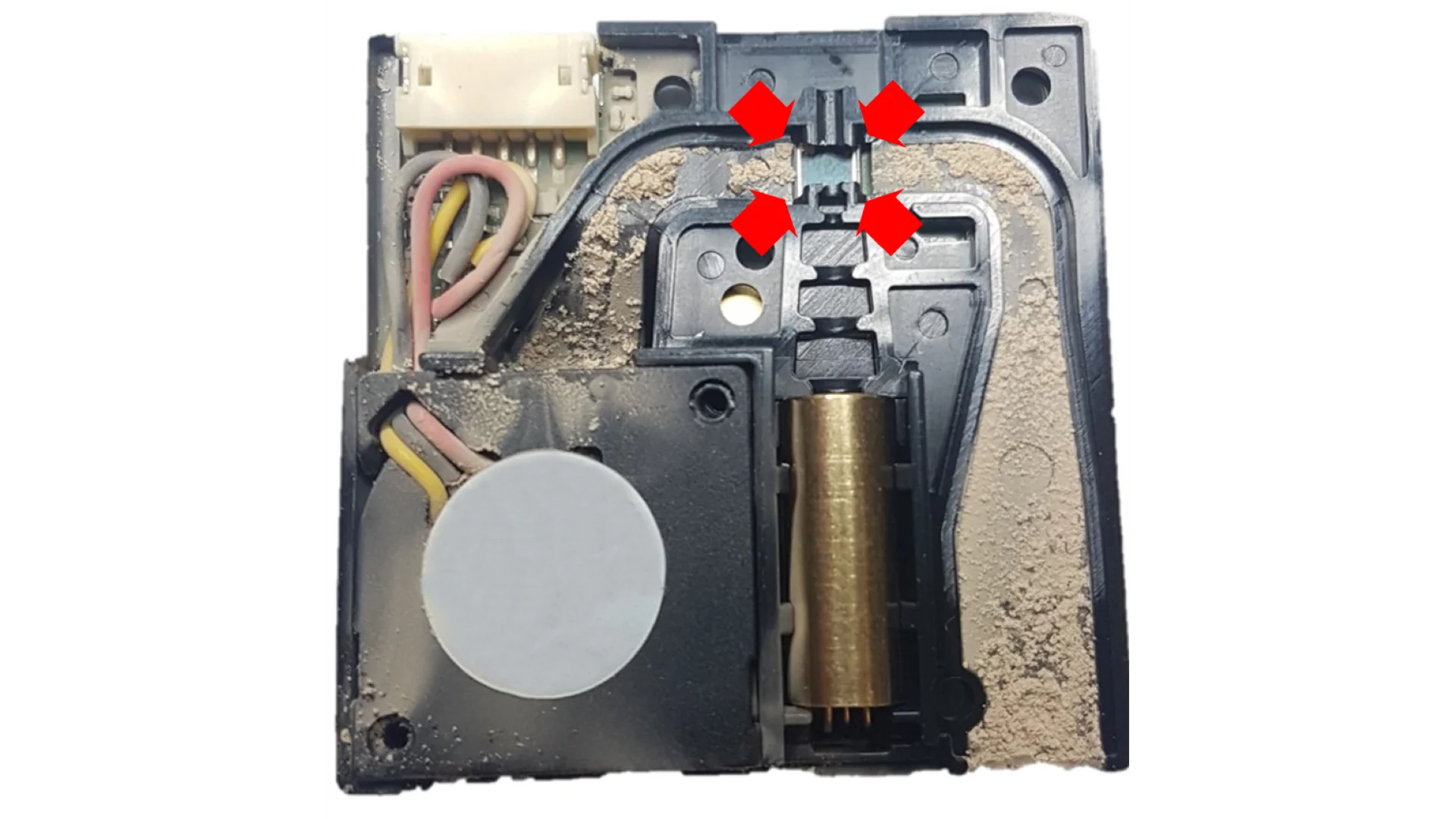 Figure 6: Clean photodiode after stress test (Source: Sensirion)
Figure 6: Clean photodiode after stress test (Source: Sensirion)
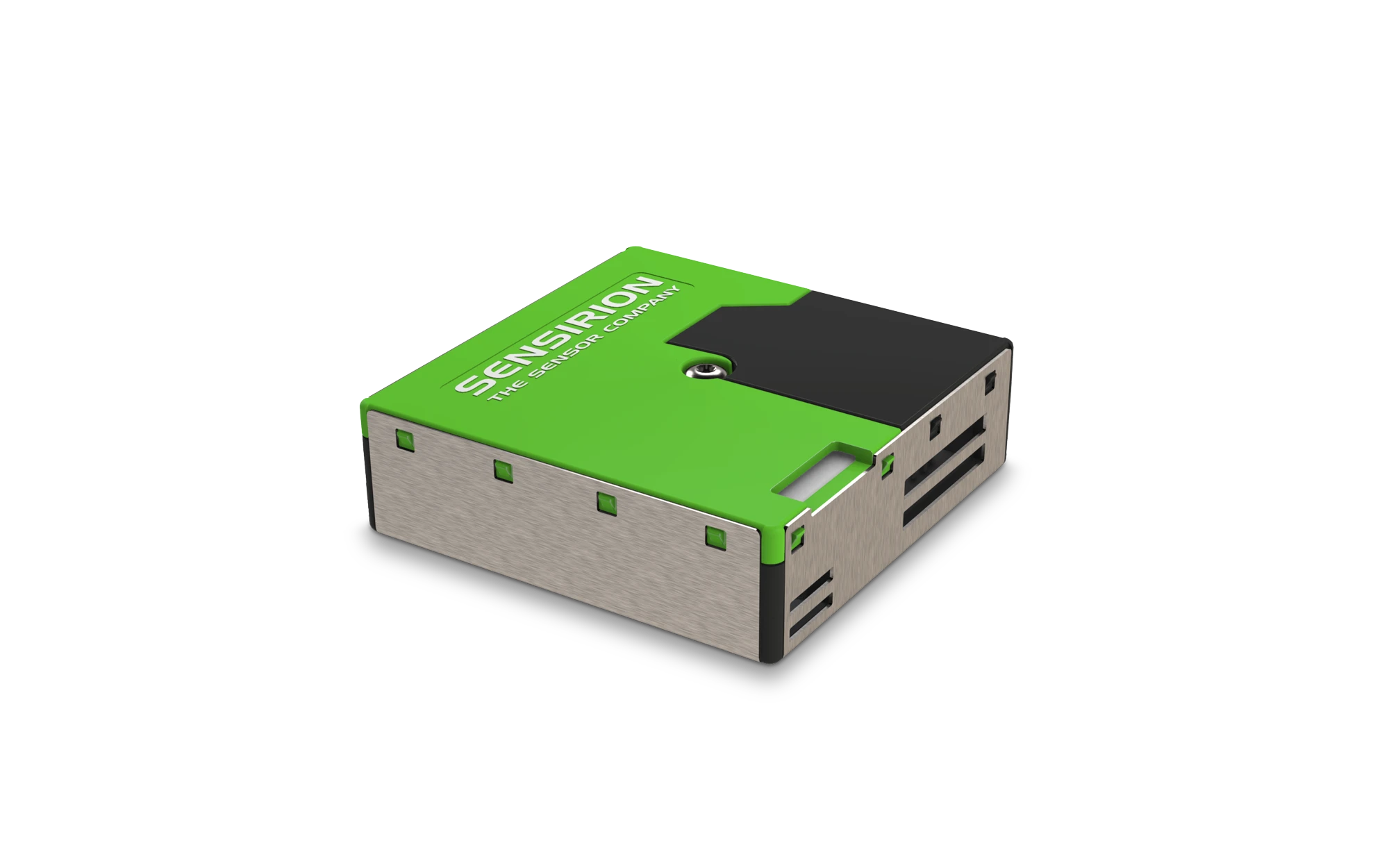
Active
SPS30
PM2.5 Sensor for HVAC and air quality applications SPS30
-
Sensor
-
Particulate matter
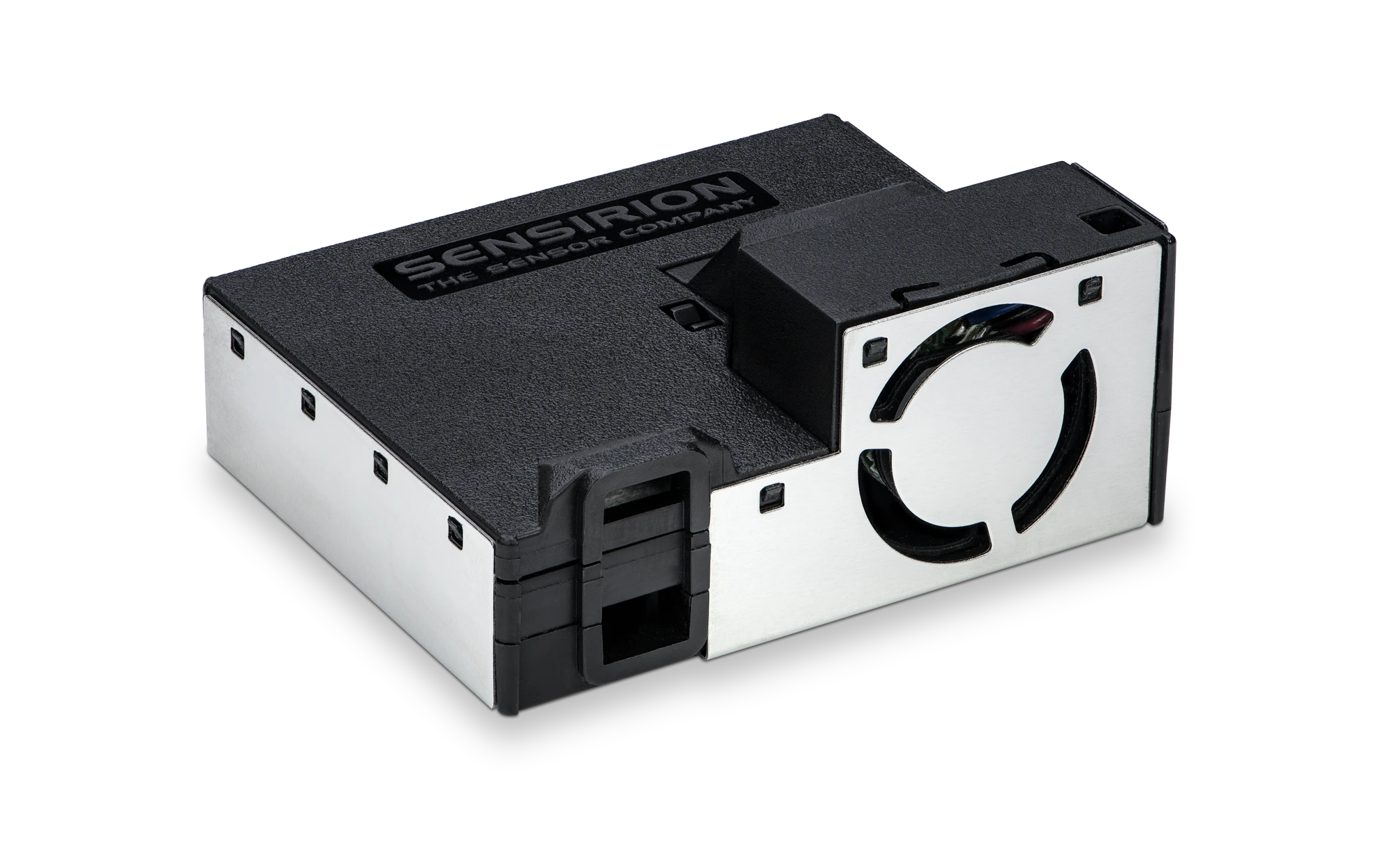
Active
3
SEN5x
All-in-one air quality sensing











